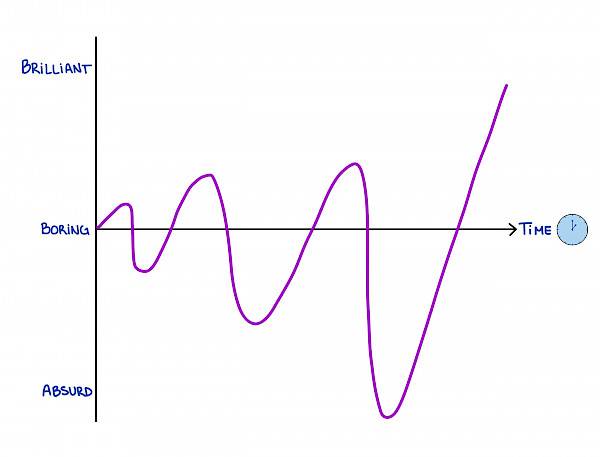Episode transcript The transcript is generated automatically by Podscribe, Sonix, Otter and other electronic transcription services.
Ricardo (4s):
Ricardo (50s):
Ricardo (1m 39s):
Ricardo (2m 30s):
Ricardo (3m 15s):
Ricardo (3m 57s):

